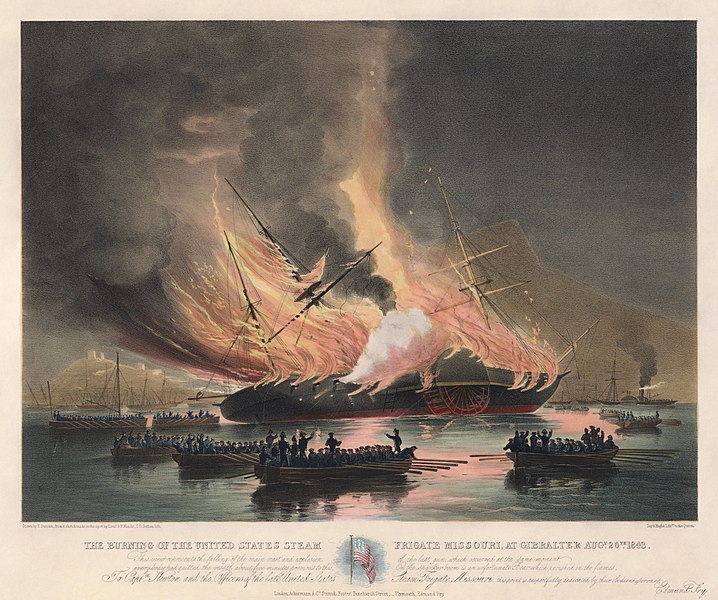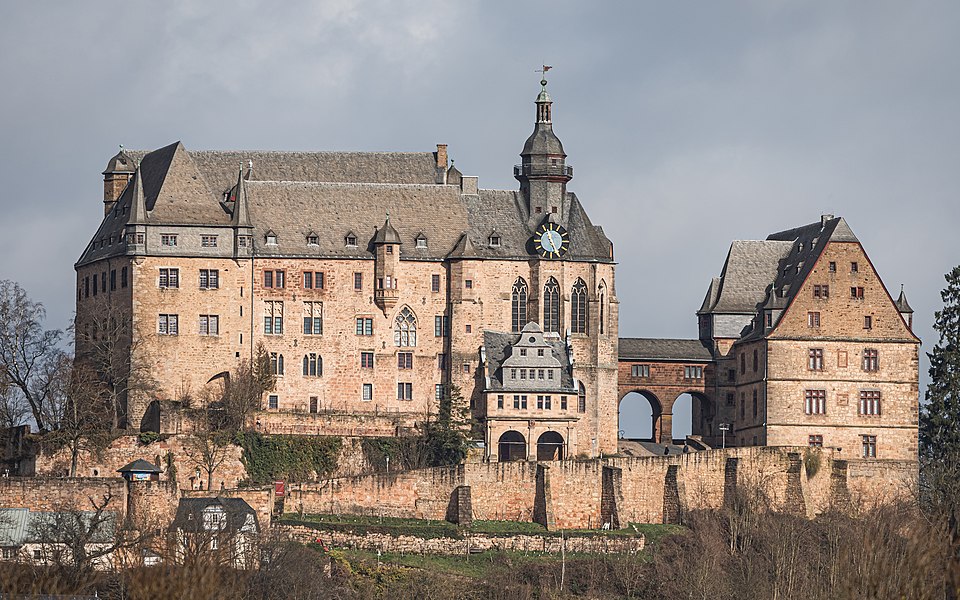Wikipedia:WikiProject Military history/News/September 2022/Articles
|
New featured articles |


- David (son of Heraclius) (Iazyges and Haukurth)
- David (born 7 November 630) was one of three co-emperors of Byzantium for a few months in late 641 (or until early 642), with the regnal name Tiberius. He was the son of Emperor Heraclius and his wife and niece Empress Martina. According to Iazyges' nomination statement, David was "perhaps a perfect example of a victim of Byzantine politics, he was raised to the throne as a child, was the subject of intense dynastic scheming, and was hated as the product of incest. And of course, in the end, he was deposed, mutilated, and then ignored."
- Apollo 10 (Wehwalt and Tyrol5)
- The fourth crewed mission in the US lunar surface, the point at which powered descent for landing would begin on a landing mission, before rejoining Young in the CSM. After orbiting the Moon 31 times, Apollo 10 returned safely to Earth, enabling the first crewed landing in Apollo 11two months later.
- Eadwig (Dudley Miles)
- Eadwig was Thames, and Edgar, who held the land north of it. Historians disagree whether this had been planned since the beginning of his reign or was the result of a successful revolt brought about by Eadwig's enemies. Edgar succeeded to the whole kingdom when Eadwig died in 959. The Benedictine reform movementbecame dominant in Edgar's reign with his strong support, and monastic writers praised him and condemned Eadwig as irresponsible and incompetent. Their view was generally accepted by historians until the late 20th century, but some later historians have defended Eadwig, and others see his character and the events of his reign as unclear due to conflicting evidence.
- Hrabri-class submarine (Peacemaker67)
- Continuing PM's series on Yugoslav warships, the Hrabri class consisted of two torpedo tubes, two 102 mm (4 in) deck guns, one QF 2-pounder (40 mm (1.6 in)) L/39 anti-aircraft gun and two machine guns. Their maximum diving depth was restricted to 55 metres (180 ft) by Yugoslav naval regulations.
- Rupert Downes (Hawkeye7)
- An Australian soldier, surgeon and historian, Major General Downes attended the Official History of Australia in the War of 1939–1945but was killed in a plane crash in March 1945, before he could begin the work.
New featured pictures |
-
"The Burning of the United States Steam Frigate Missouri at Gibraltar", lithograph by Thomas Goldsworthy Dutton after an artwork by Edward Duncan after a sketch by George Pechell Mends. Restored by Adam Cuerden
-
"The Charge across the Burnside Bridge" (Battle of Antietam) by Edwin Forbes, restored by Adam Cuerden
-
HMS Malabar observes the final fate of USS Missouri: lithograph by Thomas Goldsworthy Dutton after an artwork by Edward Duncan after a sketch by George Pechell Mends. Restored by Adam Cuerden
New featured lists |

- List of commanders of the British 1st Armoured Division (EnigmaMcmxc)
- Latest in EnigmaMcmxc's series on lists of British unit commanders, this features the leaders of the 1st Divisionso its COs are included in the 1st Division's list.
New A-class articles |


- CSS Missouri (Sturmvogel 66 and Hog Farm)
- This joint nomination covers a casemate ironclad built by the Confederate States Navyduring the American Civil War. Completed during 1863 on the Red River, she was trapped in the Shreveport, Louisiana, area by low water and never saw combat. The vessel's crew had desertion issues and some of her crewmen were pulled from the army. After traveling downriver for the first time, the ship was surrendered in June 1865 to the United States Navy—the last Confederate ironclad to be handed over—and sold in November that year.
- Duckport Canal (Hog Farm)
- The Duckport Canal was built by Union forces during the Vicksburg campaign of the American Civil War. Ordered built in late March 1863 by Major General Ulysses S. Grant, the canal stretched from the Mississippi River near Duckport, Louisiana, to New Carthage, Louisiana, and was intended to provide a water-based supply route for a southward movement against Vicksburg. It was manually dug by 3,500 soldiers and finished on April 12. Trees and falling water levels hampered the use of the canal, and it was abandoned on May 4.
- Battle of Winchelsea (Gog the Mild)
- The Battle of Winchelsea was a naval battle fought on 29 August 1350 as part of the Edward III, over a Castilian fleet of 47 larger vessels, commanded by Charles de la Cerda. Between 14 and 26 Castilian ships were captured, and several were sunk. Only two English vessels are known to have been sunk, but there was a significant loss of life. In spite of the success, English trade and ports saw little relief from naval harassment by the French and their allies.
|







